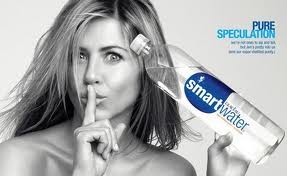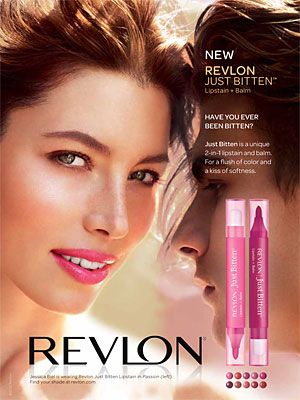I was recently informed that I company I associate with
chainsaws sells much more than just orange chainsaws.
Husqvarna, a company started in 1689 producing muskets for
the Swedish Army, has since became a company known for producing many
products. Most commonly, Husqvarna
produces and sells chainsaws, trimming equipment, ground care equipment and
lawn mowers. The Husqvarna website shows only those main products despite being
a producer of much more than that.
Some of their products that surprised me are:
Sewing Machines:
Since the late 1800s, Husqvarna has been producing sewing
machines of all levels. After looking up the history of the products, I found
that the reason for making sewing machines was because the demand for firearms
was decreasing. The sewing machines, produced in Sweden, can be bought around
the world.
Bicycles:
Husqvarna produced its last bicycle in 1962 after
approximately 66 years of production. Although this makes the bikes harder to
find today, they were very popular in their time.
Motorcycles:
A newer addition to Husqvarna’s product mix is Motorcycles.
After first producing bicycles, in 1903 Husqvarna released their first
motorcycle. Husqvarna motorcycles have been designed and used for motocross
since the beginning. In 2014, the motorcycles featured blue, yellow, and white,
a Swedish color scheme.
Rifles:
Although after reading up on Husqvarna’s history and
realizing that firearms are what started the company altogether, I was still
surprised to find out that they produced and sold rifles. First,
the company strictly produced weapons for the military but eventually they
produced firearms for civilians as well. The company produced many different
types of rifles that are still sold and used today.
Since 1689, 325 years ago, when Husqvarna was founded to
produce rifles for the military, the company has had one of the most interesting
series of events unfold and produced more products than I could have ever
imagined. From the most well known orange chainsaws and lawn equipment to the Swedish
colored dirt bikes, this company has practically done it all. In addition to
the numerous products I have already discussed, Husqvarna once made kitchen
equipment too. Their 325 year journey is fascinating.
 |
















